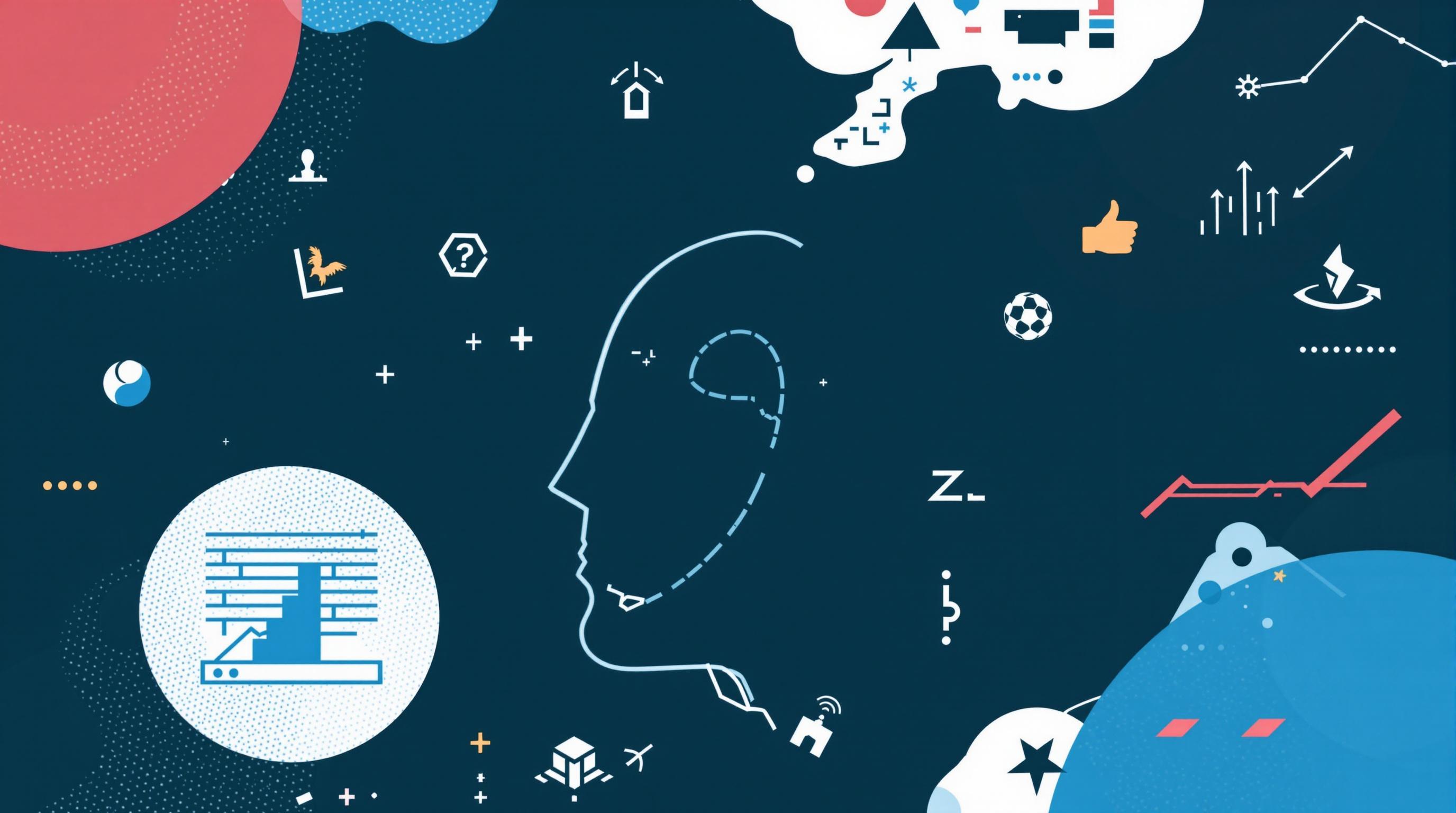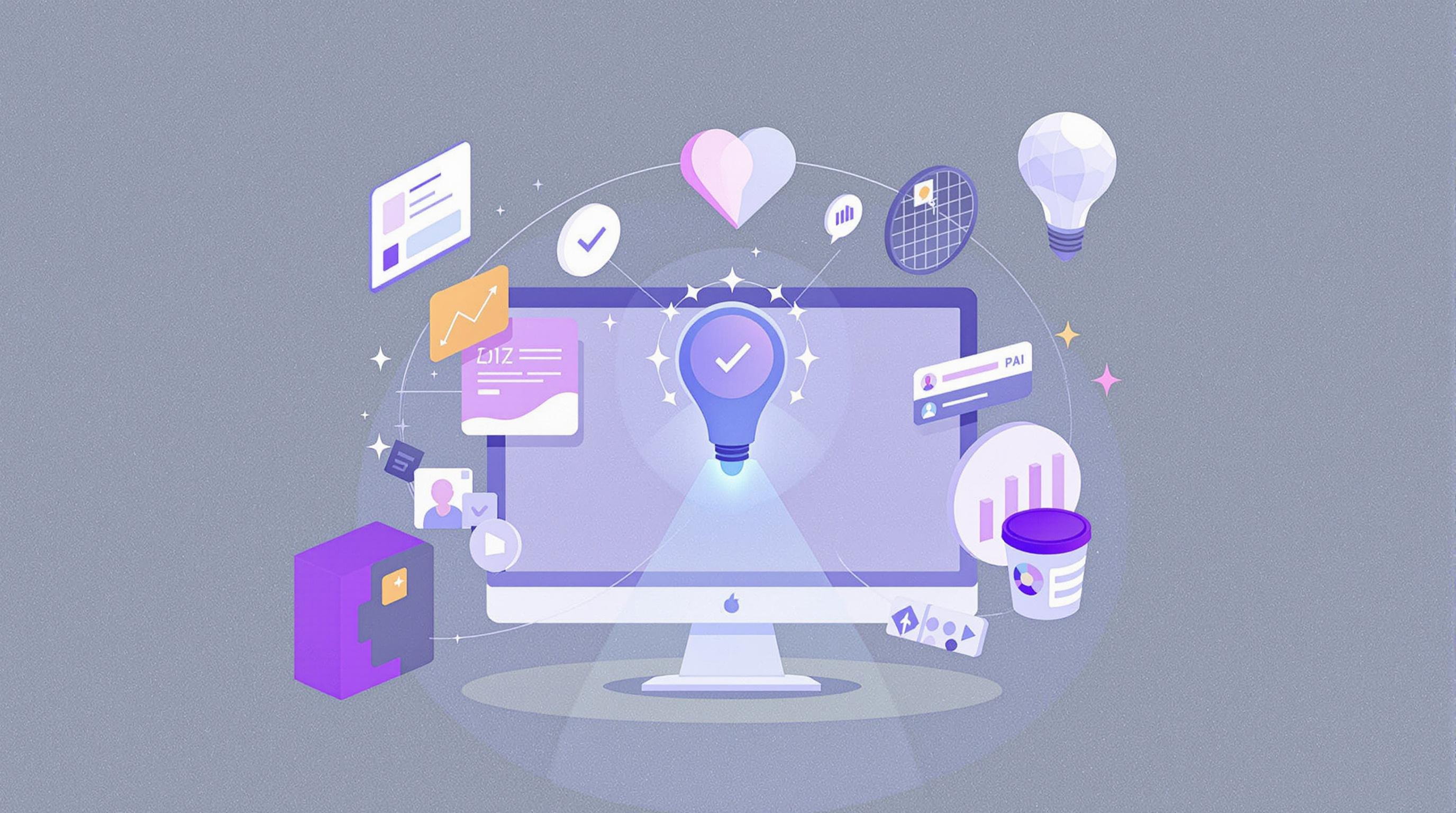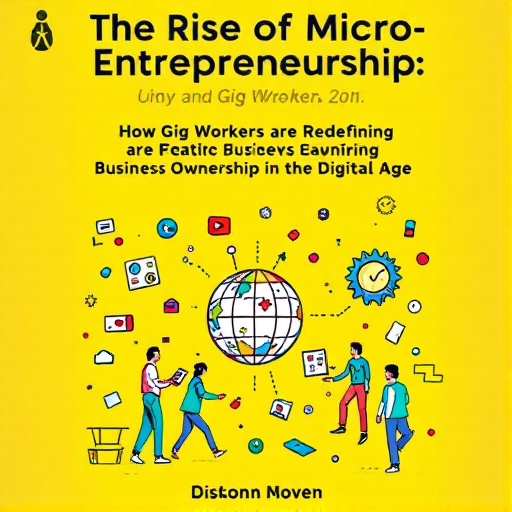Featured Articles
- 7 Best AI-Powered Marketing Platforms Released Since 2019 That Will Supercharge Your Startup Growth
- 9 Proven Psychological Tricks Entrepreneurs Use to Influence Buyers and Skyrocket Sales
- "From Side Hustle to Mainstream: The Surprising Rise of Entrepreneurial Niche Communities"
- The Rise of 'Accidental Entrepreneurs': How Unexpected Events Spark New Business Ventures
- The Rise of Eco-Entrepreneurship: How Green Startups Are Transforming Traditional Industries
Unconventional Wisdom: How Gaming Mechanics Are Reshaping Modern Entrepreneurial Strategies
Unconventional Wisdom: How Gaming Mechanics Are Reshaping Modern Entrepreneurial Strategies
Gaming mechanics are revolutionizing how entrepreneurs approach their strategies, integrating elements like rewards, challenges, and community dynamics. This article explores how unconventional wisdom from gaming can foster innovation, improve engagement, and enhance decision-making in modern business practices.
Leveling Up: The Foundation of Gamification
The term "gamification" conjures images of leaderboard challenges and digital badges, but it’s much more than that. According to a report by McKinsey & Company, 70% of organizations that invest in this strategy see an increase in engagement among employees and customers alike (McKinsey, 2020). By infusing traditional business models with gaming mechanics, entrepreneurs can create a more stimulating environment that attracts talent and retains customers.
The Elements of Game Design
At the heart of effective gamification lies a robust understanding of game mechanics. For instance, entrepreneurs can implement components like:
- Points: Incentives that encourage desired behavior.
- Badges: Recognition for achievements, promoting a sense of accomplishment.
- Leaderboards: Competition that motivates participants to strive for better performance.
- Challenges: Set tasks that encourage others to engage meaningfully.
By utilizing these components, businesses can create a framework that actively engages both employees and customers. Think of Duolingo, for example, which has made learning a new language feel like a game. Users earn points, receive rewards, and can see how they stack up against friends, all of which help build a loyal community.
From Side Hustles to Giants: Case Studies of Gamified Strategies
Airbnb's Unique Approach
Airbnb, first launched in 2008, has leveraged gamification effectively to engage its users. By incorporating tools like Superhost status — a recognition of exceptional hosts — they not only incentivize quality but create a community that values excellence. Superhosts are greeted with badges and listed prominently in search results, showing users how gamification can shape a marketplace. As a result, Airbnb boasts over 4.5 million hosts globally (Airbnb, 2021).
Case Study: Nike's 'Nike+' Platform
Similarly appealing is Nike's 'Nike+' ecosystem, which incorporates running games, personal progress tracking, and community challenges. This platform engages users by making exercise a competitive and social activity, allowing them to challenge friends and earn badges. In doing so, Nike transcends its role as a mere apparel brand, positioning itself as a lifestyle leader aligned with the aspirations and motivations of its customers.
Strategies for Implementation
Now, you’re probably wondering: how do you incorporate these game mechanics into your own business model? Here are tips that can help guide your efforts:
- Identify Your Goals: Before diving in, clarify the purpose behind your gamification efforts. Are you aiming to boost sales, enhance collaboration, or grow your customer base?
- Understand Your Audience: Knowing what motivates your customers or employees is crucial. Conduct surveys or focus groups to gather insights on meaningful rewards.
- Start Small: Begin with a pilot program to evaluate effectiveness. This could mean introducing a small points system or a simple leaderboard for customer referrals.
- Monitor and Adjust: Feedback is paramount. Maintain an iterative approach, tweaking your offerings based on what works and what doesn’t.
The Human Element: Community and Connection
One of the reasons gaming mechanics can powerfully influence business is their inherent ability to build community. Consider the rise of gaming platforms such as Twitch and Discord; these platforms foster connections among users through shared experiences. Likewise, businesses that adopt a community-focused approach reap the rewards of increased engagement and loyalty.
Example: Peloton's Community Engagement
Peloton has effectively harnessed community building through its live-streamed classes and user-interactive features. Riders can compete against each other in real-time, pushing themselves to new levels. Peloton's revenue surged to $607 million in 2020, partly attributed to their strong community aspect (Peloton, 2020). Who would have thought exercise could become a social experience?
Humor in Marketing: A Game Mechanic of Its Own
Injecting humor into marketing can also feel like playing a game with your audience. Consider brands like Old Spice that concoct campaigns around absurdity and fun. Through quirky ad spots and tongue-in-cheek humor, they create a shareable experience that engages the audience like a well-designed game challenge.
Can you visualize a brand that says, "Our product will definitely make you look like a Viking," while showcasing a wildly exaggerated scenario? That’s the kind of memorable content that fuels word-of-mouth, lending authenticity and charm to the brand.
Why It Works: Psychological Drivers Behind Gamification
The psychology of gaming intersects significantly with motivation theory. Psychologist Edward Deci's and Richard Ryan's Self-Determination Theory posits that people are most motivated when they feel autonomous, competent, and connected. Gamification taps into these drivers by allowing individuals the freedom to choose their challenges and earn recognition for their accomplishments.
Statistics on Effectiveness
A study conducted by TalentLMS revealed that 87% of employees say they would be more productive if their work were made more fun through gamification (TalentLMS, 2021). If that doesn’t convince skeptics, consider that companies implementing gamified elements saw up to a 48% increase in productivity according to a report from the University of Colorado, Boulder (Gonzalez, 2019).
Life Lessons Through Gaming
Personal experiences often shape business insight, and gaming has its fair share of life lessons. At 24, I once spent countless evenings honing my skills on Call of Duty. The competitive matches taught me critical decision-making and teamwork, skills I later incorporated into my entrepreneurial journey.
For example, during a group project in college, I managed a team of classmates using strategies I learned from being in a gaming clan. By delegating responsibilities based on each member's strengths—just like assigning roles in a game—we succeeded in crafting a unique startup pitch that earned an 'A.' Who knew all that multiplayer gameplay would pay off in real life!
Pushing Boundaries: Gamification in the Nonprofit Sector
Even within the nonprofit sector, gamification is proving to be an effective strategy. Organizations like Charity: Water have harnessed the power of social sharing through gamified fundraising. Donors can track real-time progress toward fundraising goals, earning badges and recognition within the community and thus boosting their chances of making a return gift.
The Future of Entrepreneurial Strategies
As we continue to evolve in a tech-centric world, the lines between gaming and traditional business strategies will blur even further. Businesses taking advantage of gamified methods stand to thrive more than those stuck in outdated practices. It’s not just about making work fun but fostering a community that feels valued and engaged. As gamification becomes more mainstream, staying ahead of the curve could be the key to long-term success.
Conclusion: Embracing the Game-Changer
Modern entrepreneurship requires a blend of innovation, engagement, and adaptability. Inspired by gaming mechanics, businesses can foster environments that galvanize participants into active contributors. As we uncover new ways gamification reshapes traditional strategies, the voice of creative, unconventional wisdom will lead the charge into an engaging, community-oriented future.
Cherish those game nights; they just might reveal deeper lessons applicable to the boardroom!



